The Aussie historical hot spots that should be on your bucketlist

Road trip fanatics and history buffs rejoice!
To celebrate the release of Peter Spearritt’s new book on historical hot spots around Australia, Where History Happened, we’ve compiled the ultimate Aussie history bucket list for you, made up of extracts from the must-read guide.
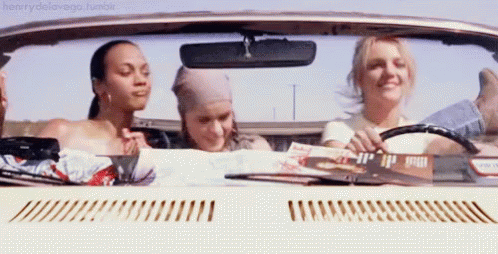
Broken Hill
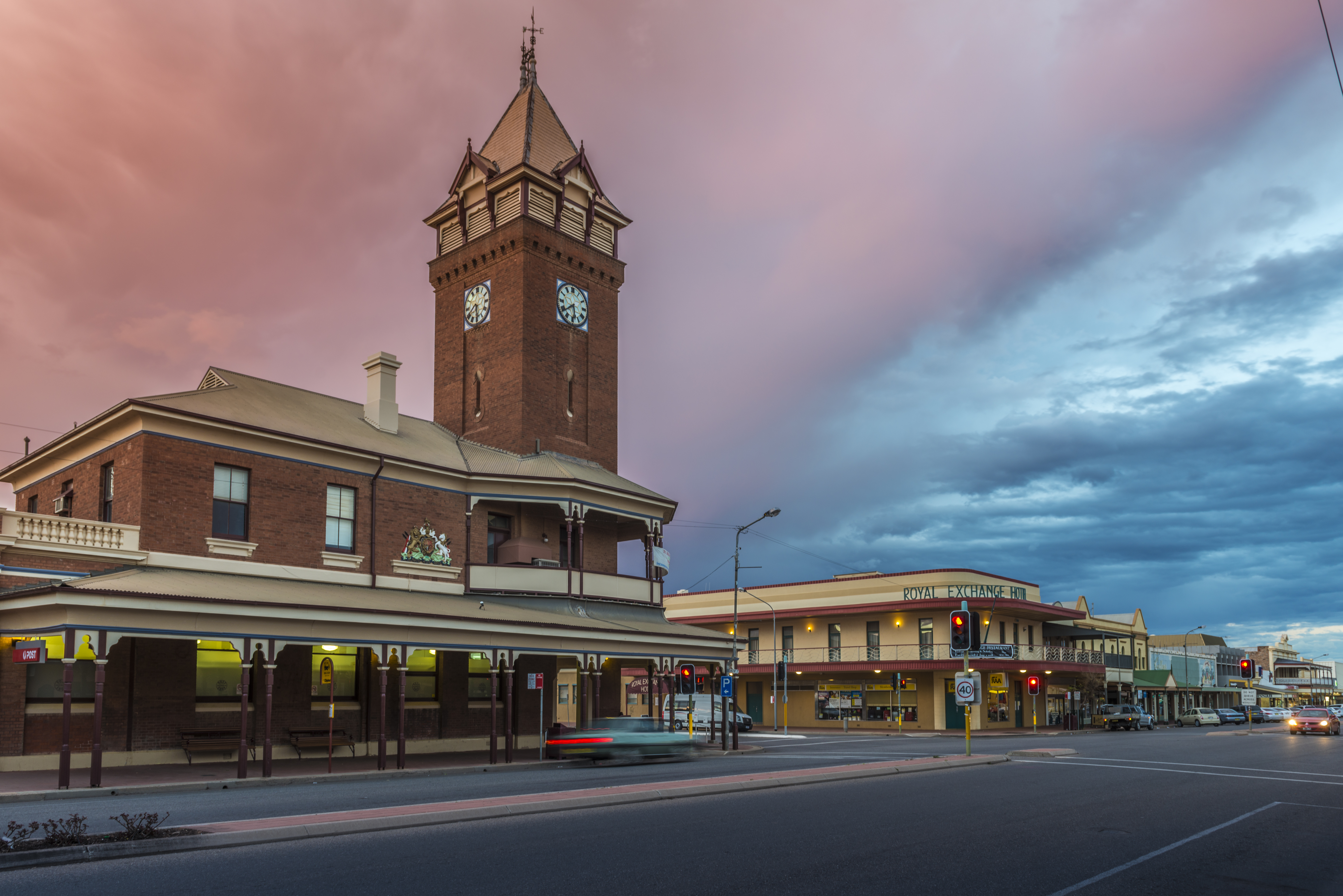
Broken Hill sits in a desert-like landscape. Its rich industrial history can be seen in a remarkable number of structures, from the remnants of its vast mines to the banks and hotels of a once very wealthy city.
It is best viewed from the recently built Miners Memorial, atop an artificial hill made of mine tailings. From here, you see the grand layout of the town, with its wide streets and scores of heritage-listed buildings.
Mine workers here won a 35-hour week in 1920, the first workers in Australia to do so. But the mines were dangerous places, with many deaths. Broken Hill is also home to one of the oldest mosques in Australia and the Palace Hotel, known to cinema-goers around the world from the scene where three Sydney drag queens win the respect of the locals in The Adventures of Priscilla, Queen of the Desert.
Byron Bay
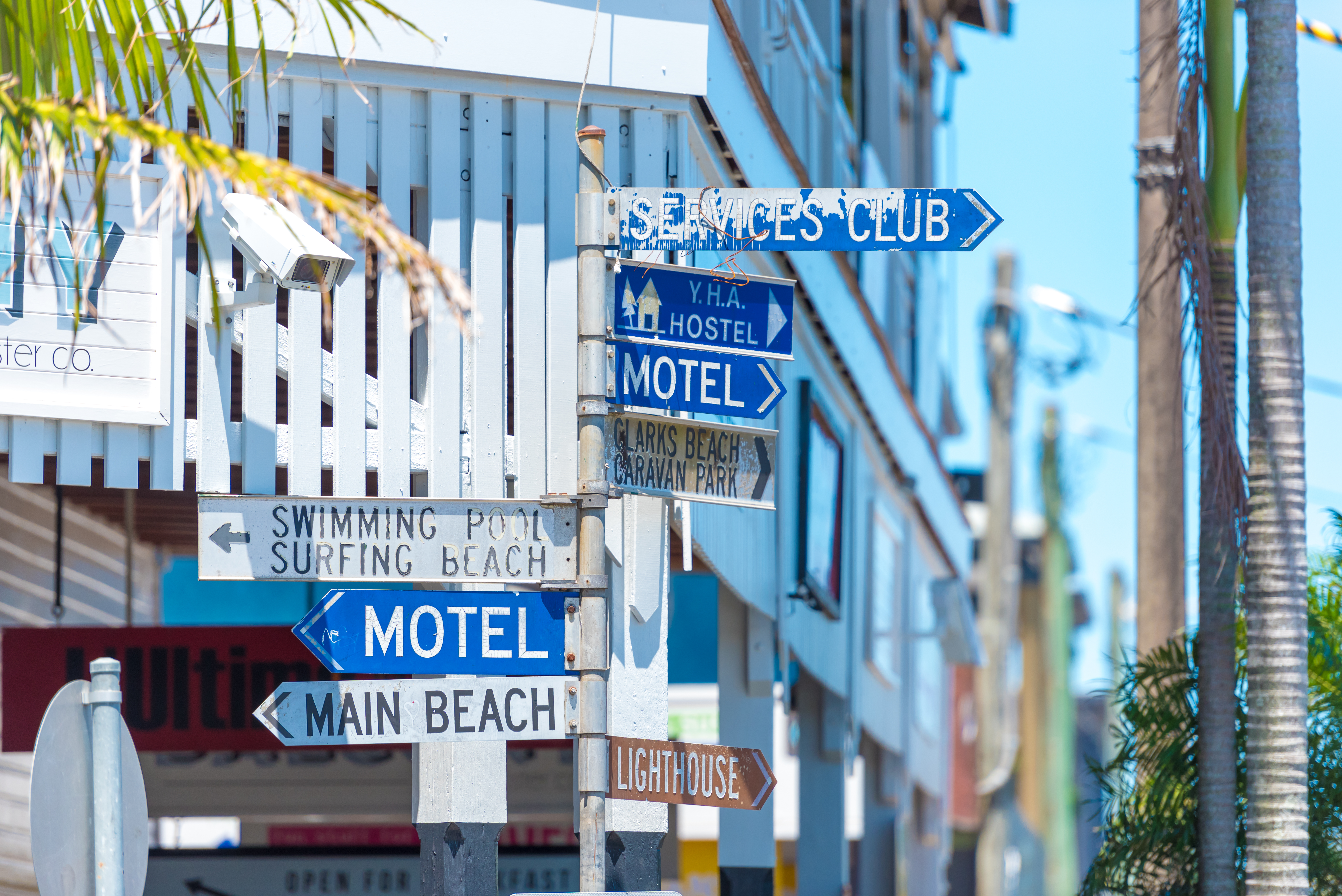
Byron Bay has a surprising history. In just 60 years it has gone from being a dirty, industrial town to one of the nation’s most popular beach destinations.
The stench from the piggery, the abattoir and the whaling station—with whale carcasses cut up just off the main street—has been replaced with throngs of Australian and international holiday-makers. The township has lost much of its intimacy to modern tourism, but the camping grounds retain a modest charm, and the surf beaches remain unspoilt.
Looking north towards Brunswick Heads from the famous lighthouse, you can’t see a structure over three stories. When you look at the Gold Coast from Point Danger, on the New South Wales–Queensland border, just 70 kilometres north, you are confronted with a coastline dominated by scores of high-rise apartments.
Darwin

Darwin is the only Australian city ever to be destroyed twice in its history. Rained with more bombs than Pearl Harbor in 1942, hundreds died, mainly on naval ships in the harbour.
Three decades later, nature rents its fury, destroying thousands of homes that had been built to house a growing population. Darwin, the capital of the Northern Territory, has become a flamboyant and quirky place, known for its casual outlook and croc stories that challenge even the most gullible.
The night markets of Darwin are testament to the cosmopolitan mix of the population, offering food from around the globe, and both international and local Indigenous arts and crafts. As it is always hot and humid, both locals and visitors are often found sitting on the beach watching the sun set over the Arafura Sea.
Great Barrier Reef
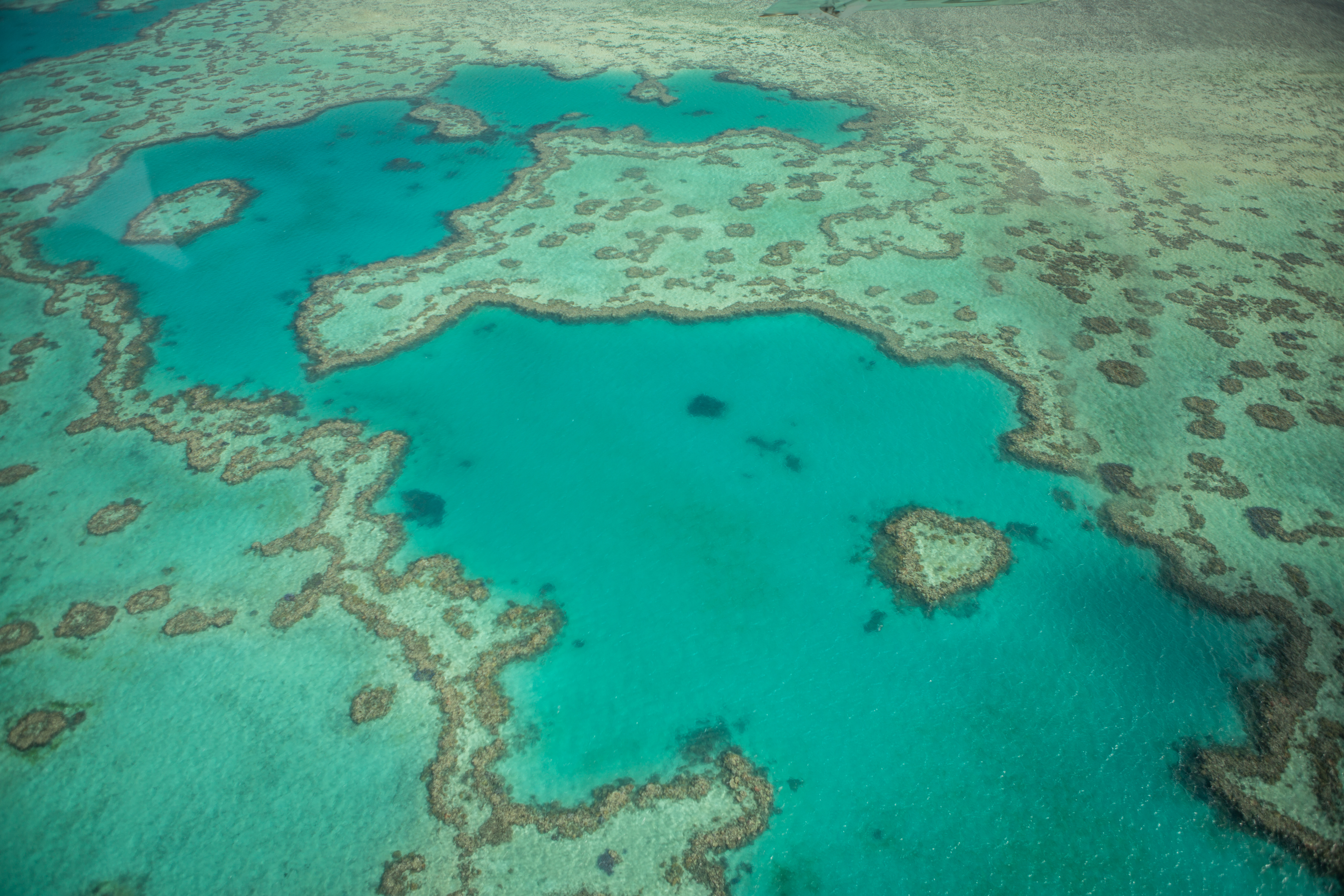
Stretching more than 2,300 kilometres along the Queensland coast and comprising almost 3,000 individual reefs, the Great Barrier Reef has been listed as a World Heritage Site for nearly 40 years.
The current reefs are over 6,000 years old and are home to a diverse array of marine animals and plants, from 1,600 types of fish to molluscs, sharks, corals and 500 species of worm. The Great Barrier Reef is a refuge for turtles to lay their eggs, including six of the world’s seven marine turtle species.
In 2014, then US president Barack Obama expressed concern about the health of the reef, saying he wanted his daughters’ children to be able to visit. Threats to this world wonder—from climate change and tourism to a massive expansion of Queensland’s export coal ports—remain a matter of international concern.
Burra
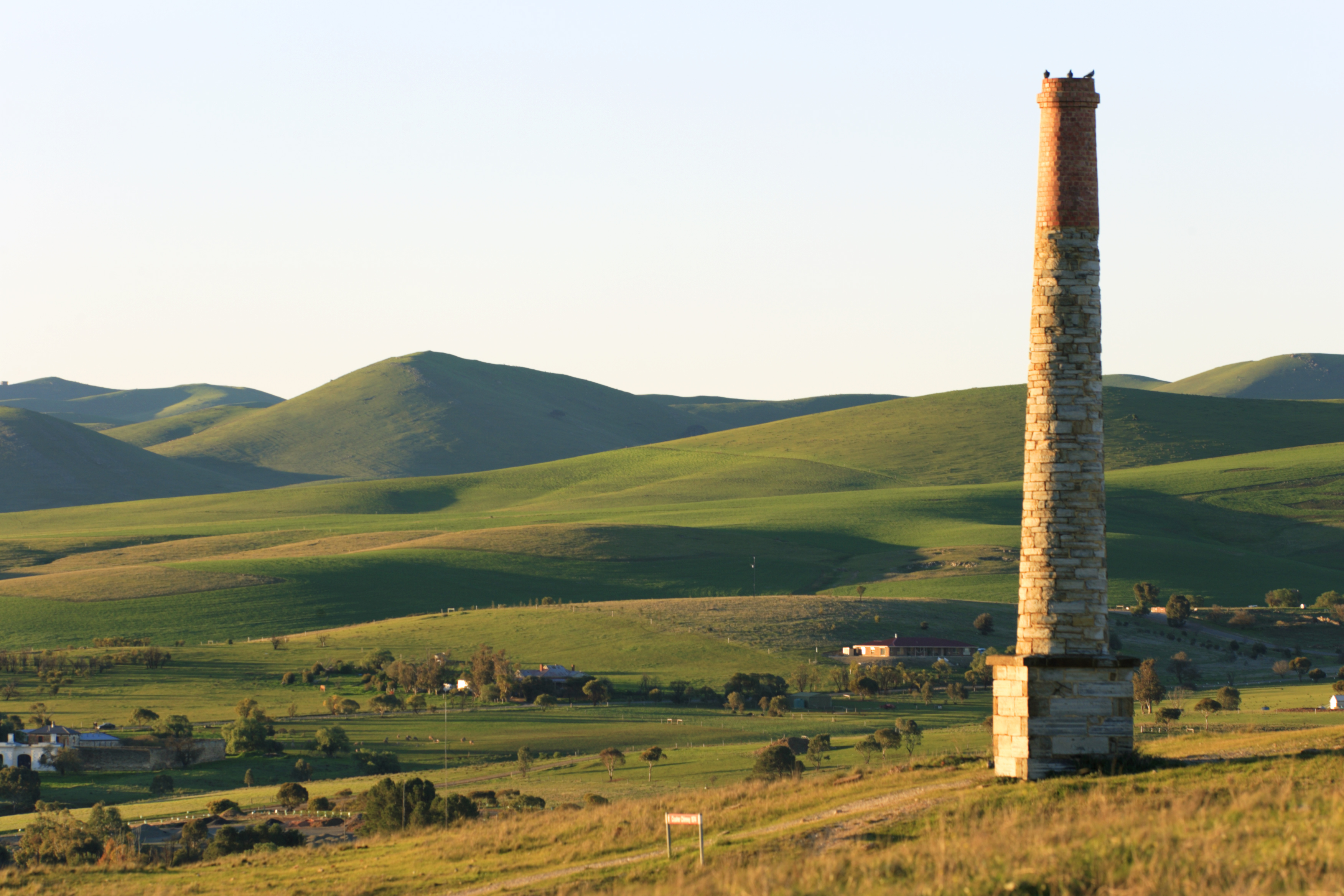
Burra and its copper mines were central to the progress of a struggling South Australia in the mid-nineteenth century. As mining in Cornwall declined, its copper miners looked to Britain’s imperial colonies for new prospects, but copper is quickly mined out. Burra’s miners headed for the goldfields of the eastern states.
A rich array of heritage structures, the location for the making of the film Breaker Morant and an internationally recognised heritage conservation agreement (the Burra Charter) make Burra well worth a visit.
Melbourne’s Trams

Today, Melbourne’s trams are a long way from the picturesque cable cars of the 1880s, but they are still an inherent part of Melbourne life, for both the tourist and the commuter.
Interstate drivers marvel as the ability of locals to make a compulsory hook turn in the city’s centre, so that the trams are not held up. In the days of 6 o’clock closing, schoolgirls were told to be on the tram well before then because, after that, the trams would fill with inebriates falling out of the pubs and onto their transport home.
After a long battle with trade unions, Melbourne got rid of all its tram conductors by 1998. Today, the system is easy to use and free in the immediate city area, while a myki card lets you explore the world’s most extensive tramway system at a reasonable cost.
Albany
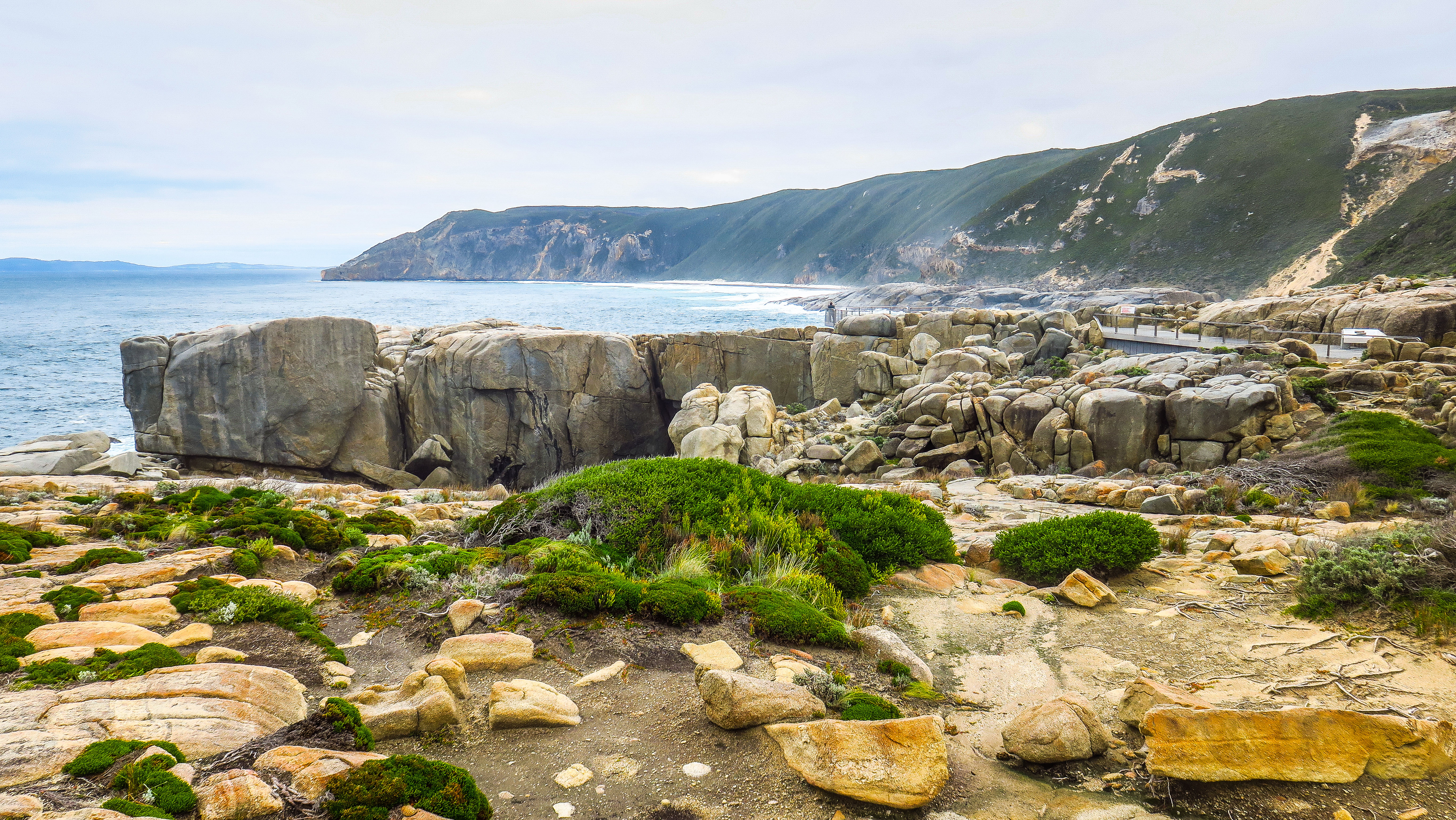
Albany, the first permanent European settlement in Western Australia, began life as an outpost for the New South Wales government in 1826, fearing continuing French interest in the west.
In the nineteenth century, its deep sea port made it the first and last stop for large steamers going to and from Britain, as well as for whalers. The smell of boiling blubber pervaded the town. Remarkably, the whaling station survived until 1978, the last to close in the English-speaking world.
King George Sound, on whose shores Albany is located, was the last glimpse of home for departing soldiers heading off to conflict and an unknown fate in 1914.
The National Anzac Centre, high above Albany, provides a spectacular view of the Sound and pays tribute to troops shipped off to the Great War from there.
Extracted from Where History Happened: The Hidden Past of Australia’s Towns and Places (NLA Publishing $39.99) by Peter Spearritt, now available at all good book stores and online at https://bookshop.nla.gov.au/book/where-history-happened-the-hidden-past-of-australias-towns-and-places.do
Email the Travel Weekly team at traveldesk@travelweekly.com.au
@australia Road Trip where history happenedLatest News

Australia fails to make top 10 destination list for American travellers
Australia's top cities have failed to make the grade with American travellers this northern summer, with no local city in the top.

APT Launches 2025 Asia Adventures
APT has launched its Asia Adventures for 2025, including new luxury holidays in India, Sri Lanka and Japan. Five new tours lead guests to the highlights of India, including a seven-night cruise along the rarely travelled Lower Ganges aboard the Ganges Voyager. Further south, Sri Lanka’s greatest destinations are revealed on a new 15-day Land […]

ANZAC Battlefield travel on the 2025 bucketlist
As Anzac Day dawns, agents prepare for a surge in bookings for the 110th anniversary of the Anzac Cove landings.

Former Channel 9 Getaway host and founder of TRIBE Jules Lund to speak at Travel DAZE
From blond-tipped travel reporter to Travel DAZE speaker, Jules Lund cuts through the BS.

HX’s Roald Amundsen finds aliens in the Antarctic
Forget whales, HX's MS Roald Amundsen captures aliens in the Antarctic - and they're not pretty.

Mayhem in France as 70% of flights face cancellation
I mean it wouldn't be France if there wasn't at least one strike.

Etihad Airways launches double-decker service with world’s only in-air three-room suite
We imagine falling asleep in the three-room suite is superior to falling asleep on your neighbour's shoulder.

Norwegian Cruise Line launches 2024 Europe travel season
Europe certainly has a lot of ports. Its time for Australia to up its game.

“The power of travel for positive change” – Intrepid’s Jenny Gray hails controversial all-women Saudi Arabia trip
There is an awful lot to love about this tour from Intrepid. Where do we sign up?

Princess names the Sun, unveils Sanctuary Collection + Star Princess to Alaska in ’26
A huge bottle of Veuve was smashed into the side of the ship to make things official. So no, we couldn't snag a glass.

Collette special offers across peak northern summer season
If you are craving a trip to Europe then grab this deal with both of your grubby hands.

Air India and All Nippon codeshare between the two countries
Here at TW we agreed that the photo would have worked better if they had swapped planes.

A&K offers minimum 18 weeks paid parental leave
Contrary to what the photo suggests this benefit is only applicable for humans. Back to work Mrs Jumbo.

NH Hotel Group rebrands as Minor Hotels Europe & Americas
Hang around the bends of the hotels. We imagine they will be full of a lot of branded content.

Scenic Eclipse II – the business of creating unforgettable life-changing memories
These cruise brothers from another mother offer a view of cruising on Scenic Eclipse II that is poles apart.

MSC builds new hospital ship with Mercy Ships
If you want to read a story that puts a smile on your face then this is the one for you.

“I peed on myself watching this” – Social media users squirm at Royal Caribbean’s Harmony of The Seas 55ft dive video
TW is not responsible for any involuntary actions your body might have after watching this video.

FLIGHT REVIEW: Qantas Boeing 787 Dreamliner business class
The real bonus is you're unlikely to be around screaming children. Hoorah!

Traveltek offers travel agents new rapid deploy cruise website
As always, if you have any issue with the platform, just turn it off and on again.

Experience whale watching & classical music at the Australian Festival of Chamber Music in Townsville
Disappointedly, the whales do not start singing in tune with the orchestra. Opportunity missed.

Fond, very Fond. London hotel famed for James Bond link adds ‘Classic Comforts’ lunch menu
James Bond author Ian Fleming was so fond if this hotel, it inspired the legendary phrase ‘shaken, not stirred’.

What sets Eclipse Travel apart with Africa expert Hilary Dubyk: Travel Weekly TV
If you want to know more about Africa, then Hilary Dubyk is your person.

Surge in Australians visiting Japan
Feel like all of your friends have just returned from Europe? Now it's Japan.

Seabourn announces Western Kimberley Traditional Owners as Godparents of Seabourn Pursuit
Seabourn has named Western Kimberley Traditional Owners, the Wunambal Gaambera, as Godparents of the ultra-luxury purpose-built Seabourn Pursuit. It is the first cruise line to appoint Traditional Owners as godparents of a ship. Seabourn Pursuit embarks on its inaugural season in the Kimberley region this June. The naming ceremony will take place on Seabourn Pursuit’s […]

Sydney named 17th best place to work remotely
If you struggle to get a seat within Sydney's coffee shops, you now know why.

W Melbourne grows sales team
We appreciate the thought that has gone into this team photo.

Cunard welcomes new ship Queen Anne
This might be the most impressive ship handover in ship handover history.

Intrepid Travel appoints Yvette Thompson as general manager sales & marketing ANZ
It isn't end-of-day Monday and Yvette Thompson has already nabbed herself an impressive promotion.

Anna Fawcett re-joins Global Touring in newly-created APAC role
With such an impressive CV, Global Touring is no doubt thrilled to have Fawcett back.

“We know our response has been far from perfect” – Emirates’ open letter following Dubai flooding
If you also need to write an apology letter, then this is a pretty good template.

Malolo Island Resort opens brand new Spa
Fiji’s Malolo Island has added another string to its bow – opening its $1.3 million day spa on Thursday, 18th April 2024. (Lead Image: matriarch Rosie Whitton with spa staff) Located at the edge of the resort’s luscious patch of tropical rainforest, the new “Leilani’s Spa” adds another level of elevated experiences to Malolo’s already […]

Virgin Australia’s HILARIOUS second instalment of the ‘Bring on Wonderful’ campaign
We don't use the word 'hilarious' lightly, but this is worthy of the title.

Visit Sunshine Coast reveals new brand identity
If you were looking for another reason to visit the Sunshine Coast then this is it.

Sofitel launches brand campaign starring Sex Education’s Gillian Anderson
We can confirm the content of this video is less spicy than Sex Education.

Holland America Line gives agents the chance to visit Alaska on 11-day Famil
If you've ever wanted to see a Polar Bear (and who doesn't?), now is your time.

More than 65 luxury agents gather in Sydney for Best of the Best dinner
This looks like a fabulous do. We imagine there may be a few (or maybe 65) sore heads this morning!
